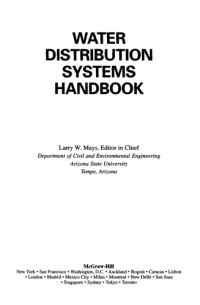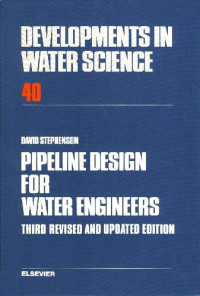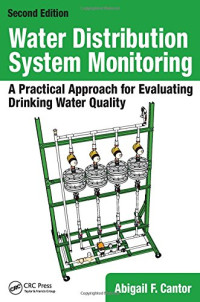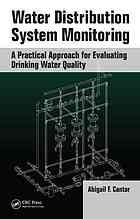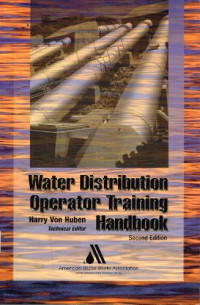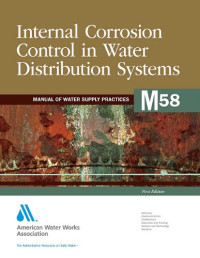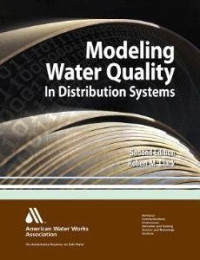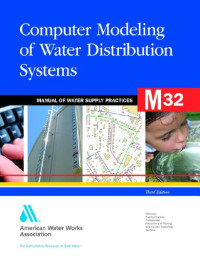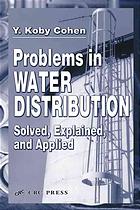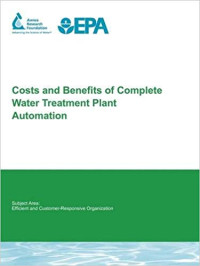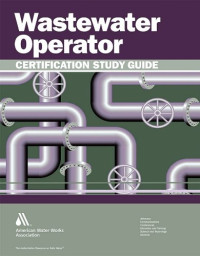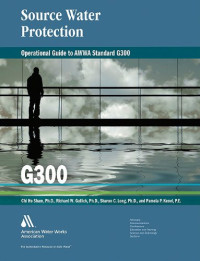
Drinking Water Distribution Systems: Assessing and Reducing Risks
National Research Council
Protecting and maintaining water distributions systems is crucial to ensuring high quality drinking water. Distribution systems - consisting of pipes, pumps, valves, storage tanks, reservoirs, meters, fittings, and other hydraulic appurtenances - carry drinking water from a centralized treatment plant or well supplies to consumers and taps. Spanning almost 1 million miles in the United States, distribution systems represent the vast majority of physical infrastructure for water supplies, and thus constitute the primary management challenge from both an operational and public health standpoint. Recent data on waterborne disease outbreaks suggest that distribution systems remain a source of contamination that has yet to be fully addressed.This report evaluates approaches for risk characterization and recent data, and it identifies a variety of strategies that could be considered to reduce the risks posed by water-quality deteriorating events in distribution systems. Particular attention is given to backflow events via cross connections, the potential for contamination of the distribution system during construction and repair activities, maintenance of storage facilities, and the role of premise plumbing in public health risk. The report also identifies advances in detection, monitoring and modeling, analytical methods, and research and development opportunities that will enable the water supply industry to further reduce risks associated with drinking water distribution systems.
Categories:
Year:
2006
Publisher:
National Academies Press
Language:
english
Pages:
404
ISBN 10:
0309103061
ISBN 13:
9780309664325
File:
PDF, 5.94 MB
IPFS:
,
english, 2006
 Amazon
Amazon  Barnes & Noble
Barnes & Noble  Bookshop.org
Bookshop.org  File converter
File converter More search results
More search results More benefits
More benefits 